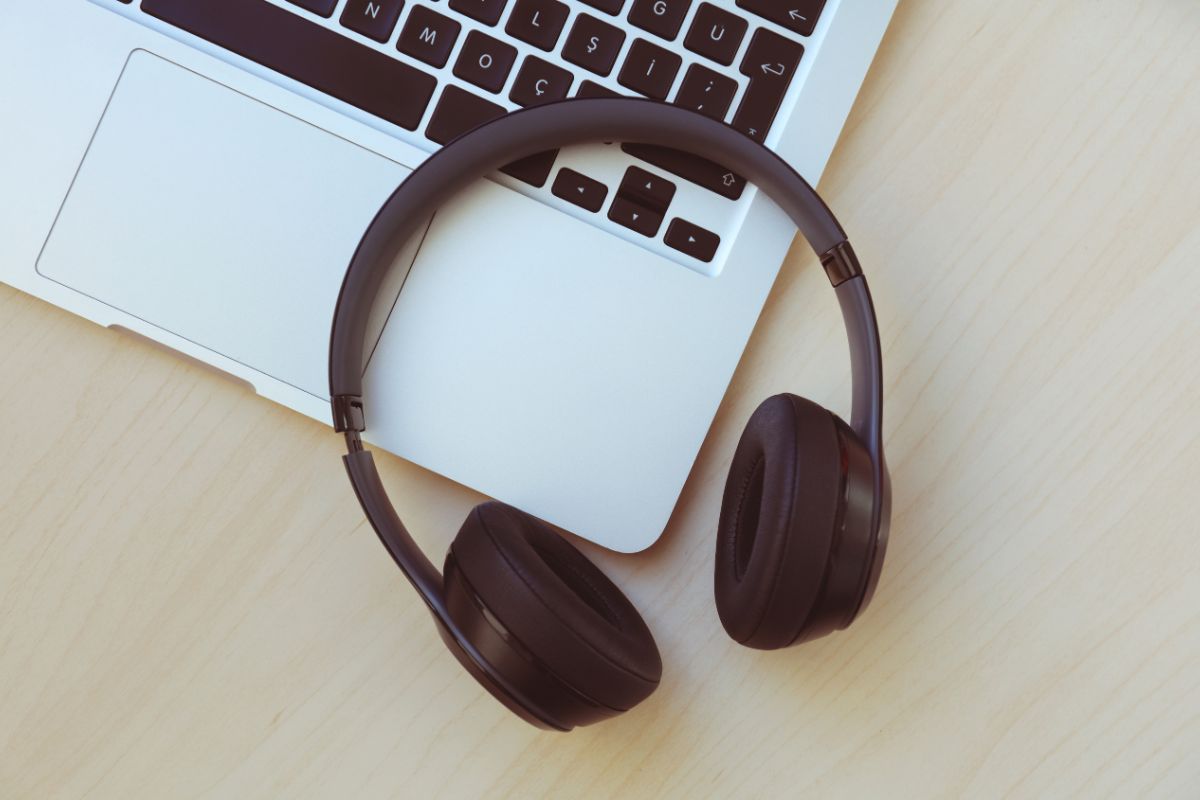Converting your audio files to text format brings a host of benefits to your content. Text files allow you to repurpose, rewrite, edit, reformat, add visual aids, and more to make the content easier to comprehend.
Automated transcription adds the element of speed to the process. Unlike manual transcription, where the work takes days or even weeks, automation allows you to have your text file ready in as little as 5 minutes. Just a few minutes is all it takes! And as we discuss in this article, speed is just one of the reasons why you want to consider machine transcription.
In addition to the benefits stated above, the transformation makes information accessible to the deaf and hard of hearing, enhancing inclusivity. The swiftness of computerized transcription is even more essential here. As speakers make their remarks, the equivalent text shows up, and the essence of the discussion becomes available to those who can’t hear it.
Automated Transcription: The Swift Solution for Your Audio Files
The popularity of transcription services is growing by the day as more companies discover how the conversion of audio and videos into text can transform their content. Many organizations have a vast amount of audio and video content drawn from meetings, conference calls, interviews, podcasts, webinars, and so on. The files consume huge digital storage space, and can go missing at an instance in case of a hard drive crash.
Thanks to technology, transcription does not have to take hours or even days of tedious work. At the click of a button, a specially programmed speech recognition software takes over and churns out transcripts within minutes. In the business world, where every moment counts, automated transcription is just what your company needs, streamlining workflows, enhancing productivity, and ensuring efficient communication across various departments and teams.
How Accurate Is Automated Transcription?
Automated transcription technology has indeed made significant strides in handling various audio quality issues. To address the concerns you mentioned:
- Background Noise & Low Volume: Modern transcription software often incorporates advanced noise-cancellation algorithms. These are designed to filter out background noise and amplify speech, ensuring clearer audio input for transcription.
- Inaudible Sections & Overriding Speakers: In cases of inaudible sections or when multiple speakers talk over each other, the software employs techniques like speaker separation and speech enhancement. This helps in isolating individual voices and improving the clarity of each spoken word.
- Unfamiliar Accents: To tackle the challenge of different accents, contemporary transcription tools are trained on diverse datasets. These datasets include a wide range of accents, enabling the software to recognize and accurately transcribe speech from various linguistic backgrounds.
While these advancements contribute to higher accuracy rates, often reaching up to 90%, it’s important to remember that the level of accuracy can still vary depending on the specific conditions of the audio file. For instance, a recording with extreme background noise or very poor audio quality might still pose challenges.
In addition to handling these audio quality issues, automated transcription services offer significant advantages in terms of speed and cost. They can transcribe lengthy audio files in a fraction of the time it would take for manual transcription, and at a much lower cost. This makes them a valuable tool for various applications, from academic research to business meetings and legal proceedings.
However, despite these advancements, there are still scenarios where human transcriptionists might be preferable. These include instances where utmost accuracy is critical, or the audio contains highly specialized or technical language. In such cases, the nuanced understanding and contextual judgment of a human transcriber can be invaluable.
Who Should Use Automated Transcription?
This form of transcription is suitable for anyone who needs a job completed fast and on a tight budget. If you have been sitting on those bulky audio or video files and were afraid that they’d cost you a whole lot to transcribe, automation brings you the perfect solution.
Some documents indeed require 100% accuracy or the closest possible. If you’re dealing with legal documents, for instance, every word counts. A slight mistake can change the meaning of a statement, and with that comes legal repercussions.
Does this mean that such projects cannot utilize automated transcription? Not. Here, you can use automated services to generate the first draft, which is the bulk of the work. You can then have a legal transcriber go through the draft and edit where necessary. You can always combine automated and human services for maximum accuracy.
Final Word
Now that you’re sufficiently informed on the world of automated transcription, it’s time to make smart decisions. Platforms like GoTranscript allow you to start that process with a click of a button. Simply upload your files and pay, and completed transcripts will be in your inbox in no time. Automated transcription is a game changer; don’t get left behind.












